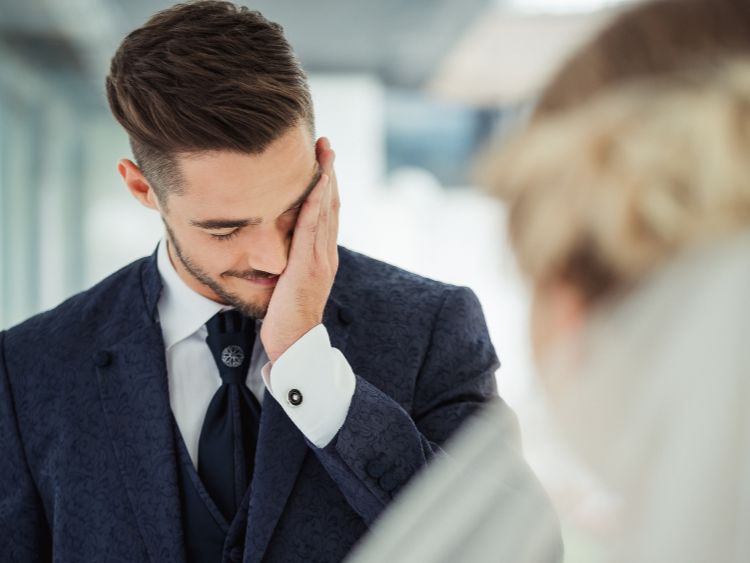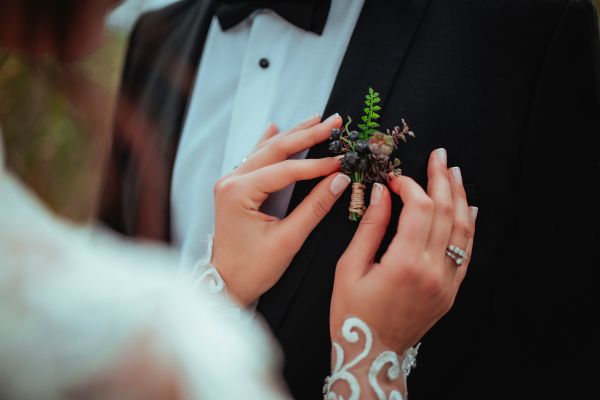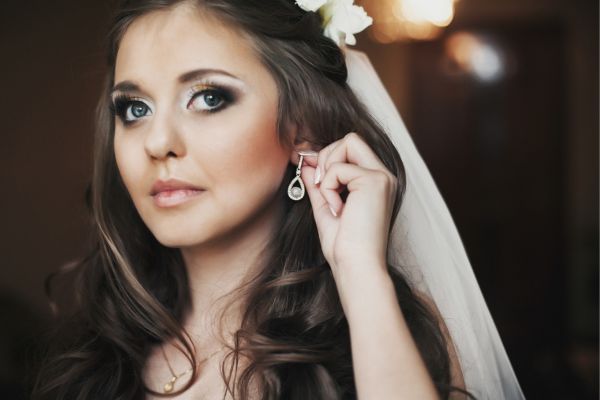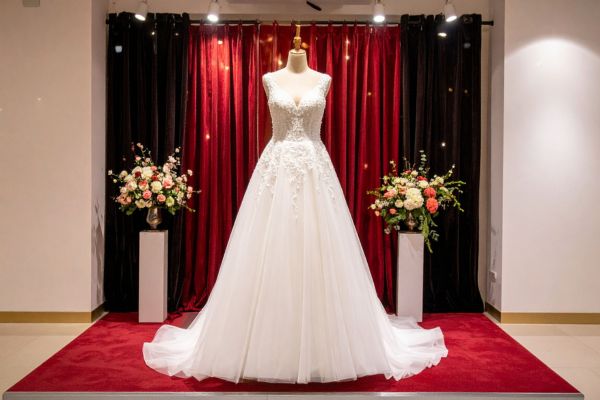Formal Dress Code: Navigating the Nuances of Professional Attire
In today’s professional world, understanding the intricacies of a formal dress code is more important than ever. Whether you’re attending a corporate meeting, an upscale event, or simply trying to adhere to your workplace’s standards, dressing appropriately is key to making a positive impression. But what exactly constitutes a formal dress code, and how can you ensure you’re always dressed to impress? Let’s dive into the world of formal attire and explore everything you need to know.
What is a Formal Dress Code?
A formal dress code is a set of guidelines that dictate the type of clothing considered appropriate for certain events or settings. This type of dress code typically applies to professional environments, formal events, and situations where a polished, sophisticated appearance is required. It emphasizes wearing tailored, classic garments that project confidence and respect for the occasion.
The Basics of a Formal Dress Code
At its core, a formal dress code is about presenting oneself in a clean, professional, and polished manner. Here are the key components:
- Suits: For men, a well-fitted suit is the cornerstone of formal attire. Opt for dark colors like navy, charcoal, or black, paired with a crisp white or light-colored dress shirt. Women may choose a tailored suit or a sophisticated dress, often in dark, solid colors.
- Shirts and Blouses: A dress shirt is a must for men, typically in white or light blue. Women can opt for blouses or tops that are elegant and understated, avoiding overly bold patterns or colors.
- Ties and Accessories: Men should wear a tie, ensuring it complements the suit without clashing. Pocket squares, cufflinks, and a classic watch can add a touch of personality. Women can accessorize with delicate jewelry and a professional handbag.
- Footwear: Polished dress shoes are essential. For men, this means leather oxfords or brogues in black or brown. Women should wear closed-toe heels or flats in neutral tones.
- Grooming: Personal grooming is a crucial aspect of the formal dress code. Hair should be neat, facial hair trimmed, and makeup for women should be professional and understated.
Why Does a Formal Dress Code Matter?
You might wonder why adhering to a formal dress code is so important. Isn’t it just about looking good? Well, yes and no. While appearance is a significant factor, a formal dress code also serves several key purposes:
- Professionalism: Dressing formally signals that you take the event or setting seriously. It shows respect for the occasion and the people involved.
- Confidence: When you look good, you feel good. Wearing formal attire can boost your confidence, helping you to perform better in high-pressure situations.
- First Impressions: We all know the saying, “You never get a second chance to make a first impression.” In many professional settings, how you’re dressed will be the first thing others notice about you.
Different Types of Formal Dress Codes
While “formal” generally means smart and polished, there are variations within the formal dress code that cater to different occasions. Here’s a breakdown of the most common types:
1. Business Formal
Business formal is the highest level of professional attire and is typically required in corporate settings or high-level business meetings.
- Men: A dark suit, tie, dress shoes, and minimal accessories. Think of what you’d wear to a job interview or a board meeting.
- Women: A tailored suit or a conservative dress with closed-toe shoes. Minimal jewelry and a professional handbag complete the look.
2. Black Tie
Black tie is reserved for evening events, such as galas, weddings, or formal dinners.
- Men: A black tuxedo, white dress shirt, black bow tie, and black patent leather shoes.
- Women: A full-length evening gown or a formal cocktail dress. Elegant accessories and heels are appropriate.
3. White Tie
White tie is the most formal dress code and is usually seen at state dinners, royal events, or ultra-formal gatherings.
- Men: A black tailcoat, white bow tie, white vest, and white shirt with a wing collar. Black patent leather shoes are a must.
- Women: A full-length ball gown, often with gloves and statement jewelry. Hair is typically styled in an updo.
4. Cocktail Attire
Cocktail attire is a semi-formal dress code that’s less rigid than black tie but still requires a polished appearance.
- Men: A dark suit and tie. The tie can be more playful, with patterns or colors.
- Women: A cocktail dress, usually knee-length, paired with elegant accessories.
Common Mistakes to Avoid
Even when you’re familiar with the basics of a formal dress code, it’s easy to make mistakes. Here are some pitfalls to watch out for:
- Ill-Fitting Clothing: No matter how expensive or stylish, clothing that doesn’t fit properly can ruin your entire look. Ensure your attire is well-tailored to your body shape.
- Over-Accessorizing: Less is more when it comes to accessories. Stick to a few key pieces that complement your outfit without overwhelming it.
- Ignoring Grooming: Even the best outfit can’t save you if your grooming isn’t up to par. Pay attention to details like clean shoes, neat nails, and fresh breath.
- Forgetting the Occasion: Always consider the event or setting when choosing your attire. What works for a wedding might not be appropriate for a business meeting.
The Role of Culture in Formal Dress Codes
Cultural norms can heavily influence what is considered appropriate formal attire. For instance, in some cultures, traditional dress may be acceptable or even required at formal events. Understanding and respecting these norms is crucial, especially in international settings.
Cultural Examples:
- Western Culture: In the West, formal dress codes are often based on suits, ties, and dresses, with little variation.
- Middle Eastern Culture: In many Middle Eastern countries, modesty is key. Formal attire may include traditional garments that cover more of the body.
- Asian Culture: In countries like Japan, formal attire might include traditional clothing, such as a kimono, for specific events.
FAQs About Formal Dress Codes
Q: Can I wear a colored suit to a formal event?
A: Generally, it’s best to stick to dark, neutral colors like black, navy, or charcoal for formal events. However, some semi-formal occasions might allow for more color flexibility.
Q: Is it necessary to wear a tie?
A: In most formal settings, yes. A tie completes the look and adds a layer of sophistication. However, certain modern or creative industries might have more relaxed rules.
Q: Can women wear pants in a formal dress code?
A: Absolutely! A well-tailored pantsuit can be just as formal as a dress or skirt suit. Just ensure the fit and fabric are appropriate for the occasion.
Q: What if I’m unsure about the dress code?
A: When in doubt, it’s always better to overdress than underdress. You can also reach out to the event organizer or your workplace for clarification.
Q: How do I choose the right accessories?
A: Keep it simple. Opt for classic, understated pieces that complement your outfit without drawing too much attention.
Conclusion: Mastering the Formal Dress Code
Mastering the formal dress code is about more than just following rules; it’s about understanding the nuances of style, fit, and appropriateness for different occasions. Whether you’re attending a black-tie event or navigating the corporate world, dressing formally is your opportunity to present yourself in the best possible light. By adhering to these guidelines, you’ll not only look the part but also feel confident and prepared for whatever comes your way.
Authoritative Links for Further Reading:
- https://www.businessinsider.com/dress-codes-explained-2015-2
- https://www.thebalancecareers.com/business-attire-dress-code-2061172
- https://www.gq.com/story/how-to-dress-for-black-tie-events
This article covers the essentials of formal dress codes, helping you navigate various professional and social settings with ease. By following these guidelines, you’ll be well-prepared to make a lasting impression wherever you go.



